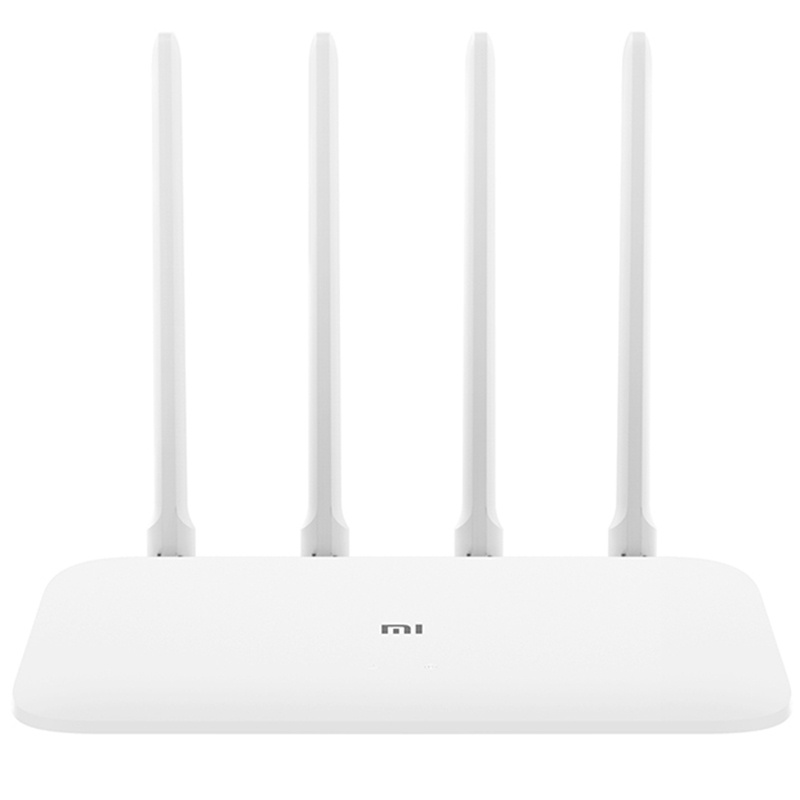


Every wireless device connected to your router is connected to it. You won't feel anxious if your Wi-Fi goes down for longer than an hour. Use this guide to install a new router and get your connections back up.
The basic steps should get you any new router online. But it is important to note that each model will have a slightly different setup. Many new models come with a simplified setup process. This allows you to skip or combine some of these steps. It also lets you manage your setup using a smartphone app. The router's instructions are the best guide. These steps will take you through the process of connecting to your home network.
It's likely that you already know whether your router is connecting to an ISP gateway or a modem.
But
it's worth checking. It can be frustrating to try and install a router when your connection is
not
working.
When installing your router to move into a new property or apartment, you will need to have
internet
access.
Take note of any documentation included in the router's packaging. You should be on the lookout specifically for any sticky notes or slips of paper containing important information such as the address to the router's Web interface or the default username/password.
You'll need to install antennas if they are separate from your main router unit. This is done by attaching the antennas to the connectors on either the back or side of the router. In other cases, the antennas of the router will already be in place and can be extended and placed as needed.
After it has been unpacked and assembled you will need to find the right place to install it. The best place to put the router is in the center of your home. For the best coverage and signal strength, routers need to be in the middle or near the center of your home.
Because radio waves propagate through your house, they move up and down so it is best to place them higher than usual. You should also avoid any interference from metal objects such as bricks and concrete walls.
When it's powered on, the router should show its indicator lights activating. Some of the indicator lights will blink and change color during setup. This is to indicate certain functions or changes. However, the light should show when the router has been properly plugged in and turned on. The router may not start immediately after being plugged in.
Next, you need to connect the router to an internet source. A basic Ethernet cable will be used to connect the router's WAN (or internet port). This port can be distinguished from the others by using a different color or separated with a space.
As you plug in the cable, watch the LED indicators at the router. When the router is connected to the internet, you should notice a change in color or a new light. This indicates that there has been an active connection. If the indicator light does not change, check that your connection is active.
Next, plug your laptop into one of the router's devices ports. As you were able to confirm an active internet link, you should be able quickly to open a wired connection.
It's a great time to create a new network password and name while your computer is connected to the router. Logging in to the same interface will allow you to update your firmware, adjust security settings, and activate Wi-Fi. The handy guide will show you how to proceed.
You will need to choose an encryption protocol while activating Wi-Fi. WEP (Wired Equivalent Privacy) is not recommended. This standard has been found to be extremely insecure over the past decade. Wi-Fi Protected Access II-II Protection (WPA2) is much better.
You should also know that many routers now use an app for setup. This allows you to complete the setup almost without having to connect to a computer.
An Ethernet cable is needed to connect each device to the router. You can plug your wired device into any of the available ports on the router's back.
You'll also need to make sure that all other devices are connected once your Wi-Fi network is established. If you haven’t done so, you might want to create a new name or password for your router. In order to log on to your new Wi-Fi network, you will need to know both the network name, as well the password.